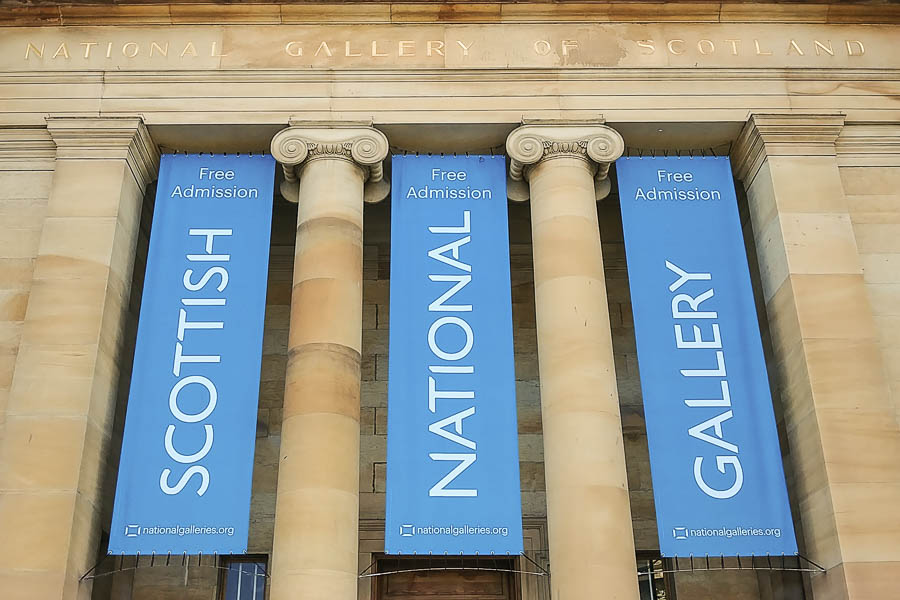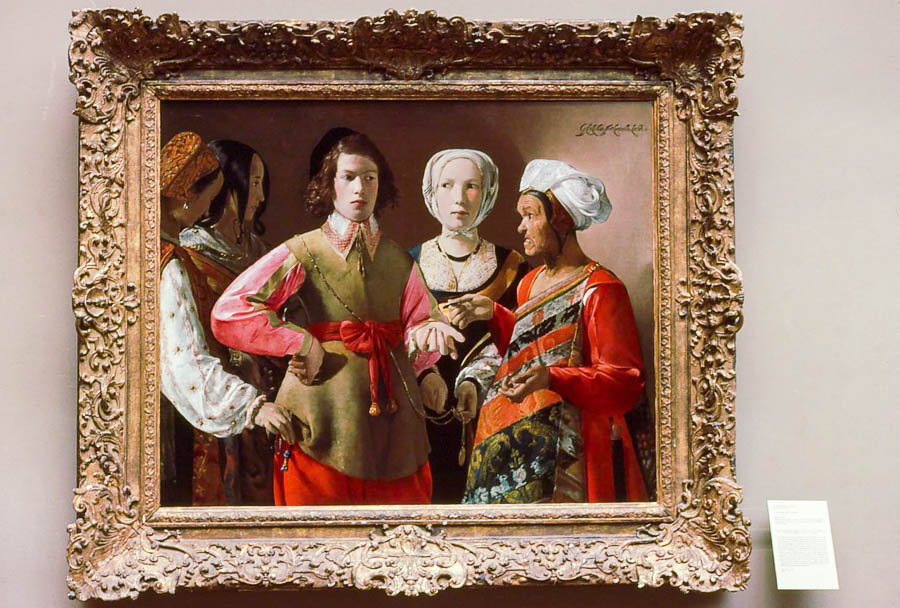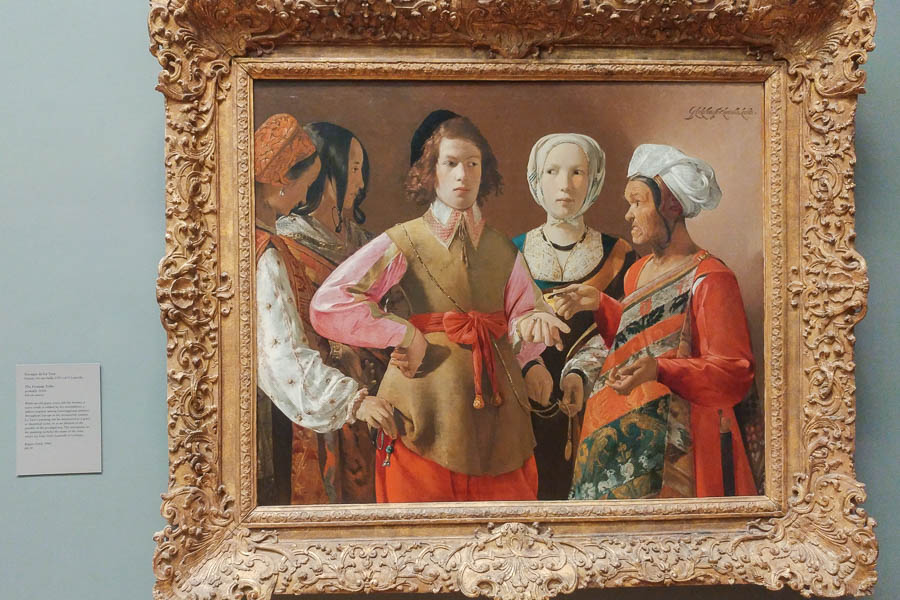Via Bruce Schneier, a British reporter requested her data dossier from Tinder. As with so many other things in life, she was shocked, but not surprised:
The dating app has 800 pages of information on me, and probably on you too if you are also one of its 50 million users. In March I asked Tinder to grant me access to my personal data. Every European citizen is allowed to do so under EU data protection law, yet very few actually do, according to Tinder.
With the help of privacy activist Paul-Olivier Dehaye from personaldata.io and human rights lawyer Ravi Naik, I emailed Tinder requesting my personal data and got back way more than I bargained for.
Some 800 pages came back containing information such as my Facebook “likes”, my photos from Instagram (even after I deleted the associated account), my education, the age-rank of men I was interested in, how many times I connected, when and where every online conversation with every single one of my matches happened … the list goes on.
What will happen if this treasure trove of data gets hacked, is made public or simply bought by another company? I can almost feel the shame I would experience. The thought that, before sending me these 800 pages, someone at Tinder might have read them already makes me cringe.
Tinder’s privacy policy clearly states: “you should not expect that your personal information, chats, or other communications will always remain secure”. As a few minutes with a perfectly clear tutorial on GitHub called Tinder Scraper that can “collect information on users in order to draw insights that may serve the public” shows, Tinder is only being honest.
But as Schneier points out, "It's not [just] Tinder. Surveillance is the business model of the Internet. Everyone does this."
So, this might be happening at my house next weekend:
The "sous vide" part of sous vide cooking refers to the vacuum-sealed bags that are often called for when you're using the technique. (The French phrase literally means "under vacuum.") However, these days, when someone says "sous vide cooking," they're generally referring to any kind of cooking that takes place in a precisely temperature-controlled water bath, whether you're actually using a vacuum-sealed bag or not.
Sous vide cooking offers unparalleled control over whatever it is you are trying to cook, whether it's steaks and chops, shrimp and lobster, vegetables, or even large cuts of meat like pork shouldersand legs of lamb. With fast-cooking foods, like steaks and chicken breasts, sous vide removes all the guesswork involved in traditional methods. No poking with a thermometer, no cutting and peeking, no jabbing with your finger—just perfect results every single time.
A sous vide circulator mysteriously arrived at Inner Drive World Headquarters yesterday. We're going to start with eggs and work our way up to a venison steak. Yum.
Historian John Schmidt posted today about the 11 most-mispronounced street names in Chicago:
(1) Devon. Like those posts note—and like most Chicagoans I know—I pronounce it dee-VAHN.
(2) Leavitt. Forget the part that looks like “leave.” It’s LEV-itt.
(3) Paulina. Not pronounced like the girl’s name. The street is pull-EYE-nuh.
That last one is part of a joke: What are the three street names that rhyme with female anatomy? Paulina, Malvina, and Lunt.
It also reminds me of Yuri Rasovsky's infamous 1972 recording, "The Chicago Language Tape:"
Not many of those street names sound like that after 45 years. But it's still hilarious if you're familiar with the city.
Today is the 1 0000 0000th day of the year! Go hug a software developer.
A meme is going around Facebook: change one letter of a musical's name to ruin it.
Some of my favorites so far:
- On A Clear Day You Can Pee Forever
- Oklahomo
- Big Liver
- Legally Blande
- The Wound of Music
- Babes in Farms
- Sweeney Toad
One musician friend posted this on his wall and got over 200 responses.
Today is my birthday, which makes this year's Beloit College Mindset List even harder to read:
Students heading into their first year of college this year are mostly 18 and were born in 1999.
2. They are the last class to be born in the 1900s, the last of the Millennials -- enter next year, on cue, Generation Z!
11. The Panama Canal has always belonged to Panama and Macau has been part of China.
12. It is doubtful that they have ever used or heard the high-pitched whine of a dial-up modem.
16. They are the first generation to grow up with Watson outperforming Sherlock.
25. By the time they entered school, laptops were outselling desktops.
38. They have only seen a Checker Cab in a museum.
47. The BBC has always had a network in the U.S. where they speak American.
59. Bill Clinton has always been Hillary Clinton’s aging husband.
Ouch.
At 8:40 CDT on 31 August 2007, I joined Facebook. And then did nothing with it for several days.
I didn't add any Facebook friends until September 4th.
My first post, on September 5th at 7:43 CDT, was "in Evanston," which makes more sense when you remember that Facebook used to preface every post with "Nerdly McSnood is...". (This was before Facebook allowed public posts, and there doesn't seem to be any way to change the post's privacy, so if you're not Facebook friends with me you probably can't see it.)
Anyway, just a bit of trivia. And a little horrifying that 10 years have gone by.
I promised to post photos from Scotland once I had a chance to go through all 800 or so from my 7D, and today, I had a (short) chance.
First: the Scottish National Gallery, Edinburgh, where we had breakfast on August 8th:

Second, Glenmachrie House, where we stayed:

(This is the reverse of the image I posted earlier, about an hour later, and with a real camera and HDR software.)
More tomorrow.
I first visited New York in July 1984, stopping by the Metropolitan Museum of Art on the 25th. I took a photograph of Georges de La Tour's "The Fortune Teller," painted sometime between 1620 and 1639:

Last month I visited again, on the 23rd—just two days shy of 33 years later:

Using Adobe Photoshop Lightroom, I have tried to get the photos to look as similar as possible. But my LG G6 phone and its 13 Megapixel camera just provides so much more data than the 4 Megapixel scan of the Kodachrome 64 slide, which itself has such constrained dynamic range, that the modern photo can't help but be clearer.
In fact, the narrow dynamic range of Kodachrome was one of its selling points. The trade-off was its deep, rich colors and detail—none of which a quick 4 MP scan can read.
If I have the opportunity, I'll re-scan the original slide and try again. For now, I leave the diptych above as a demonstration of how far photography has come since I was a kid.
For comparison, here's the reference image from the Met's website:
